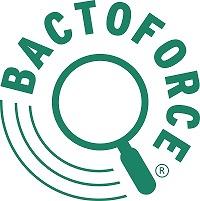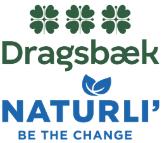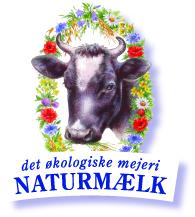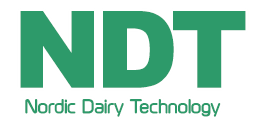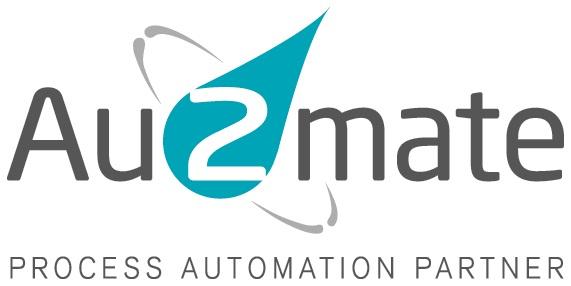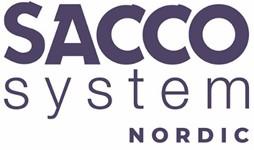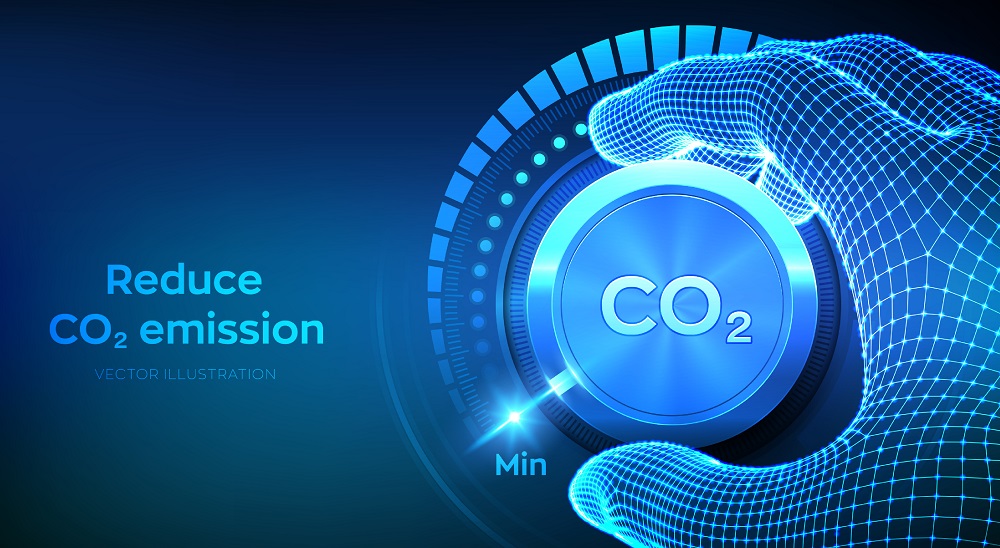
Under the slogan: Reduce-Reuse-Recycle-Rethink, this seminar will focus on how to get started on the green transition, a journey which all stakeholders of the dairy industry must pursue. Most dairies have already been optimizing their production and utilities for cost reasons – however today everyone, who wish to stay in business must also include the “green” aspect in their daily work. Luckily lots of experiences and assistance from in and outside the dairy industry are available.
Seasoned speakers from advisory services will take you through the preparations needed to initiate a CO2-footprint-lowering project e.g., explaining how climate strategies can be turned into actions via CO2 accounts and the counseling of “Klimaklar SMV”, and furthermore how energy saving can bring much more benefits than just savings of energy. Also, the latest status on Danish energy tax laws will be clearly explained.
Food waste is highly topical in the dairies' efforts to optimize the CO2 footprint and both authorities and consumers currently have a strong focus on the subject. A published report from 2021 shows that the dairies account for a disturbingly large part of Denmark's food waste – therefore Mette Toft, Thise Dairy will give an account of how focusing on the this task helped them to reduce their food waste during their busy work day.
Finally, you can get inspiration from successful industry projects which will highlight the potential for further optimization of e.g. energy and CIP.

Energy optimization potential in dairies
Fridolin Müller Holm , who has been working on industrial energy optimization for many years will share his experiences from especially the dairy industry: Most dairies produce hot water / hot water and steam using natural gas or biogas, but in many places, they are working hard to find better and more CO2-correct solutions. Such efforts can be started with a survey, where it becomes visible which efforts provide the most value (CO2) for the money.
It may be reconstruction in process plants e.g., more regeneration in pasteurizers and replacement of technologies for more environmentally friendly solutions or simple measures with insulation and controls, etc.
Furthermore, large CO2 savings can be achieved by switching to heat recovery - either as direct utilization of surplus heat or heat recovery via heat pumps - including high-temperature (>100˚C) heat pumps, which are being developed significantly in recent years. There may also be gains from switching from traditional diesel or gas boilers to electric boilers for the production of e.g., steam.

Current status of Danish energy taxes
Energy taxes make up a large part of the total cost of purchasing energy, and therefore correct handling and refund of energy taxes is an important part of the necessary information in companies preparation of business cases related to the green transition. During this presentation you will get information and knowledge about the energy tax system in Denmark, the rules regarding energy taxes with focus on the refund rules for dairies, the rules regarding surplus heat and new EU-rules as a part of the “Fit for 55” package. You will also get information about the energy taxes impact on energy efficient projects and green transition projects, with focus on the implementation of energy taxes in the business case calculations.

How to work with your company’s climate adaptation
Climate has really come up on the agenda. Many customers, investors and employees demand climate actions and concrete goals. How do we as a company get an overview, how do we get started and what areas should we work with? Bjarne Bach will give us an insight into the different concepts and focus on green conversion including “Klimaklar SMV”, CO2 accounts and climate strategies and on how your company can create an overview and focus.

Energy savings are more than energy
The side effects of energy efficiency can be used as a lever for energy efficiency. The value of the side effects can ultimately have greater significance than the value of energy efficiency. Sometimes it is the prospect of an energy saving that drives the motivation to invest. Other times, the energy saving is just one of several benefits - and often the energy saving is in fact secondary. For example, it may be the possibility of achieving greater productivity or a better working environment that triggers the decision to establish a new and more energy-efficient ventilation system in a company.

Ohmic heating and the benefits gained by a Danish dairy
Morten Kaasen, who has more than 10 years of experience with Ohmic heating equipment, will give a short introduction to the working principle and applications. Furthermore he will take us through its benefits and explain the gains a Danish dairy achieved when changing from classic scrapedsurface heat exchanger to Ohmic heating of their cream cease filling line.

How technology and innovative thinking reduce energy and water usage in the food industry
Many food and beverage producers are actively working to meet ambitious targets on sustainability defined in their corporate strategies. We will present a range of project examples from the industry how companies are using new technology and methodology to identify energy and water reduction potential in the food industry. The examples will range from large greenfield projects to optimizing operations in ongoing production.

Reduce resource consumption in CIP and improve utilization of production facilities
How can we use software tools in the food industry to improve productivity and reduce resource consumption, while we at the same time ensure that we don’t compromise on quality?
Using a concrete example from a dairy, the presentation will highlight how we can solve the task of optimizing CIP- and other production processes through analysis of data in a software tool developed by Au2mate. In the presentation we will show where consumption of water, energy, and other resource can be reduced, and the available production time improved.
The tool gives users a quick, and intuitive, overview of how production processes can be optimized. At the same time, the tool can be used serve as a platform for KPI-reporting and documentation purposes.”

How to optimize dairy utilities while saving energy cost
In this session, Grundfos will introduce optimization possibilities in relation to: ice water, cooling, hot water, boilers and water treatment.
You will learn how to optimize your existing pumping system, chillers, boilers and more by improving the control philosophy and operational mode of your pumps.
In addition, we will talk about how you can collect data through communication modules, controllers and sensors to get informed on changes and to ensure you continuously monitor, adapt and improve your operations and avoid waste.
We will bring case examples on how certain areas can be improved.




